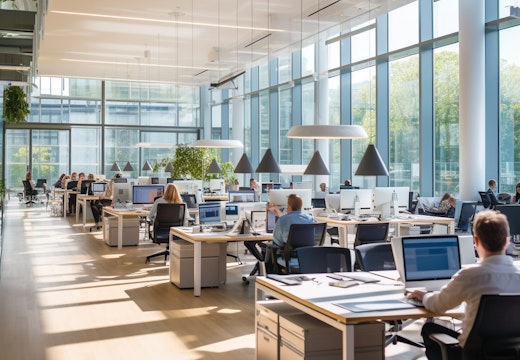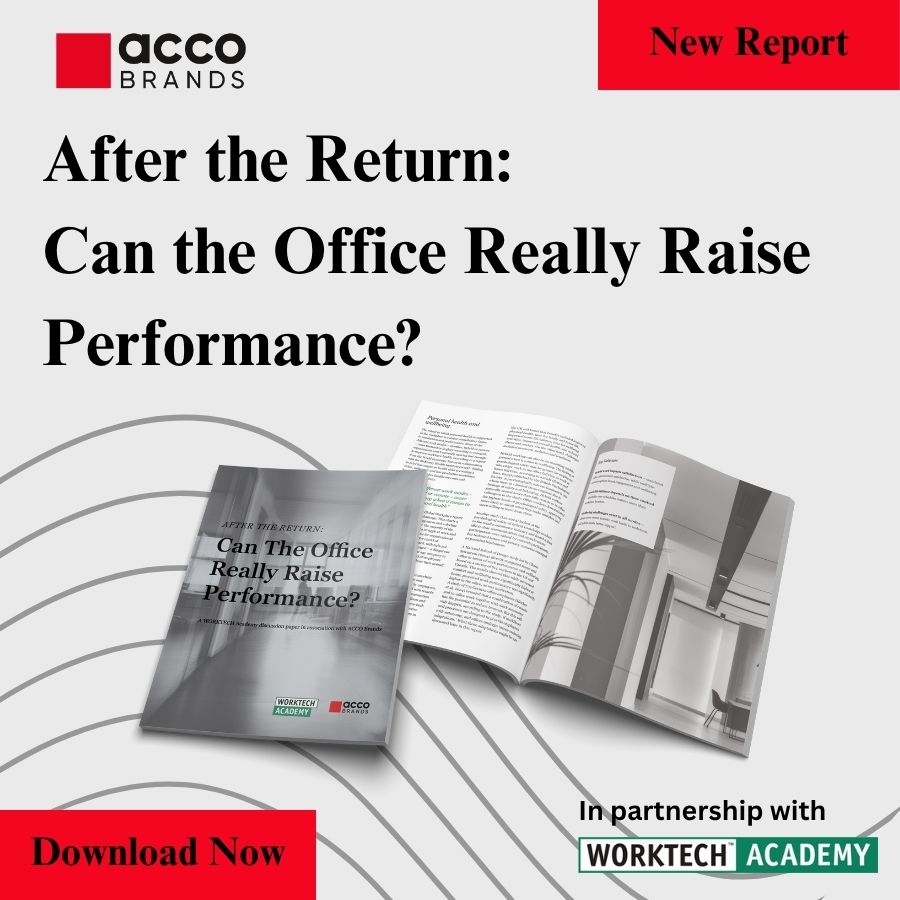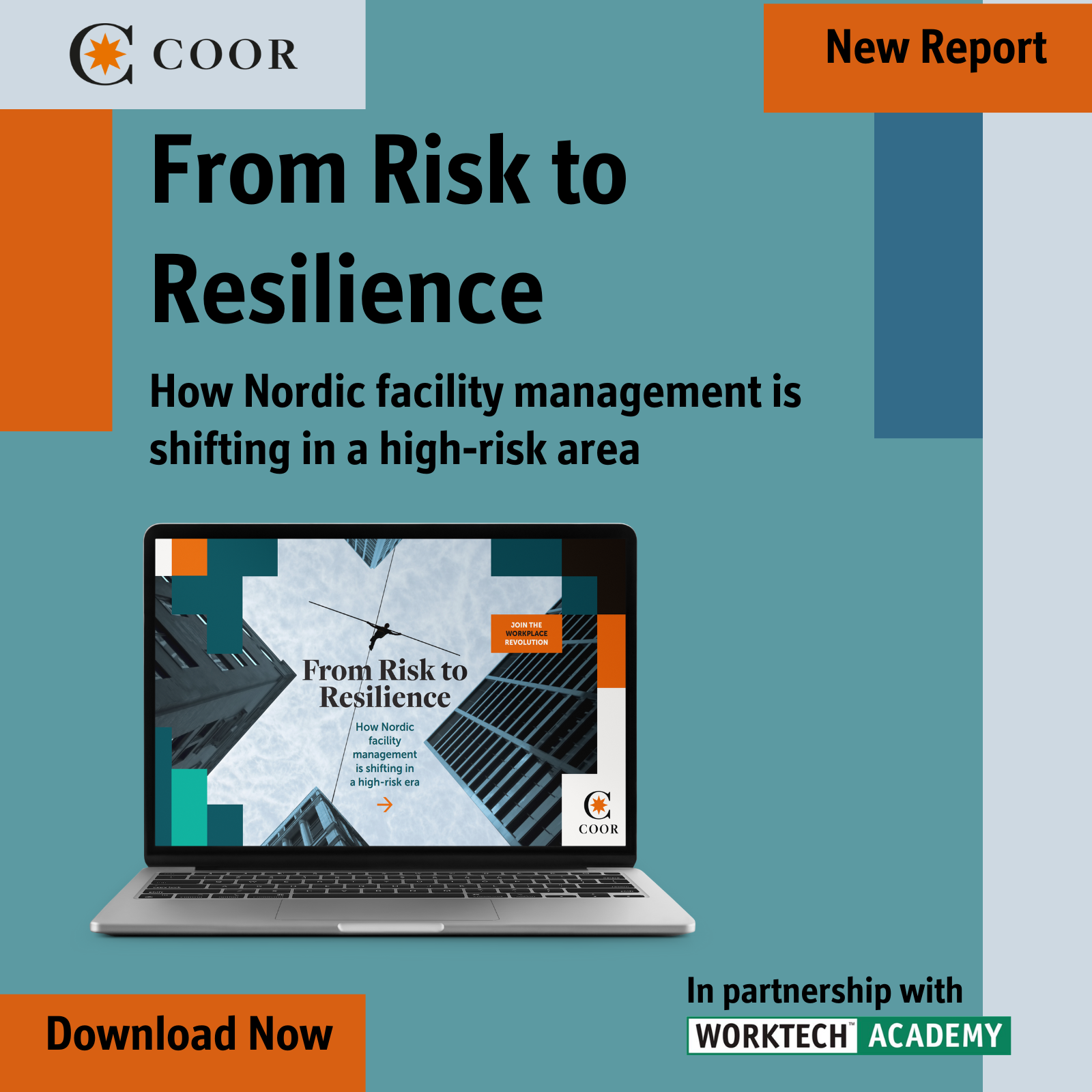Looking ahead: the future workplace as an experience multiplier
From sustainability to the rise of Class A developments, Gensler’s design forecast for 2025 outlines the industry-specific strategies that will redefine work and workplace design in the year ahead
As workplaces adapt to a world shaped by global shifts, economic pressures and evolving employee expectations, design has become a powerful catalyst for innovation, experience and resilience. This is highlighted in Gensler’s 2025 Design Forecast which draws on more than 100 design trends from 33 different industries and projects, offering a lens into the global forces shaping our built environment.
In response to shifting economic, social and environmental dynamics, Gensler poses five meta design trends – from innovation and social value driven by a demand for sustainability and housing to an experience-centred approach to reignite global cities and workplaces. But what does the world’s largest architectural firm predict for the future of work in 2025?
As an overarching theme, Gensler predicts that the modern office will become an ‘experience multiplier’, supporting a variety of workstyles and workspaces that inspires and attracts talent and entices them to stay. Tenants looking for flexible, multipurpose spaces agile enough to shift with evolving demands are aiming to occupy amenity-rich, Class A buildings. This means that the surrounding neighbourhood that has become a key amenity for companies looking to attract talent and create a competitive edge.
However, the landscape of work and workplace can look different across industry. Gensler’s Design Forecasts highlights the nuances across 13 different workplace industries. Below we highlight the standout sectors:
Professional services
Professional services firms continue to respond to a profound shift in workers’ expectations of office space, which they want to be a welcoming destination that can facilitate the kinds of in-person social experiences missing from a virtual work environment.
This includes design that reflects a firm’s mission and values within the physical space, and an increased focus on connections to the wider community. According to Gensler’s Global Workplace Survey in 2024, the key amenities employees want include childcare, laundry services, retail outlets and restaurants.
Stand out trends include the desire for younger workers to seek out spaces for mentorship, the development of virtual courtrooms in the legal sector, and the rise of wellness and sustainability as corporate priorities.
Technology companies
Despite a difficult year for tech firms, the industry is buzzing at the start of 2025 as the AI boom generates excitement about the future of jobs and real estate. Many leading companies are reinvesting in their existing real estate portfolios and focusing on upskilling workers by designing workplaces around the development of soft skills and tech literacy. The tech workplace is increasingly being defined by spaces and programs that foster community, belonging and lifelong learning.
Key trends in the sector include the rise of public-private partnerships that invest in local businesses to demonstrate responsible and neighbourly corporate citizenship, and the upskilling and training of workers to focus on closing the AI-skills gap.
Financial services
Easing inflation and lower interest rates could make 2025 an upbeat year for the financial services industry even as lingering challenges remain. As new generations enter the workforce, large firms will benefit from sustainable and purpose-driven workplace design that includes flexible features to adjust space as needed, more options for socialising and professional development, and more choice in how and where people work.
As the industry forges its way into 2025, Gensler predicts that large firms will attract and retain talent with in-house multipurpose spaces. The design of offices will centre around uninterrupted focus spaces and there will be an emphasis on preparing for a multigenerational workforce which will drive new design considerations.
Office developers
The commercial office real estate market continues to adjust as tenants leave behind Class B and C buildings and seek out quality Class A, amenity-rich buildings in prime locations. This flight to quality has office developers looking for ways to quickly develop new office spaces to meet the demand for premium workplaces that are influenced heavily by hospitality and wellness design.
Location is crucial for tenants looking to retain top talent. The most sought-after buildings are close to reliable transport networks and situated within the 20-minute lifestyle mix.
Key trends for 2025 include continued demand for distinctive experiences in Class A buildings, the rising importance of outside-the-office amenities in vibrant neighbourhoods, and the shift towards the next generation of office buildings that will be built to adapt to multiple uses.
Government
The public sector has been re-evaluating its real estate footprint in recent years with a focus on how to update legacy buildings and how to create efficiencies while improving experiences. Concern for extreme climate events will continue to drive risk-based resilience design strategies for every project.
In 2025, government agencies should keep an eye out for the impact of climate risk on driving resilient design tailored to local conditions, the rise in technology to streamline historic inefficiencies in processes, and the impact of talent and workforce consolidation on real estate strategies.
Gensler’s Design Forecast also looks at the impact of trends on different facets of our built environment from lifestyle and leisure to cities and health. The report offers an optimistic path forward in 2025, with a renewed focus on experience, sustainability and talent growth.
Read the full report here.








